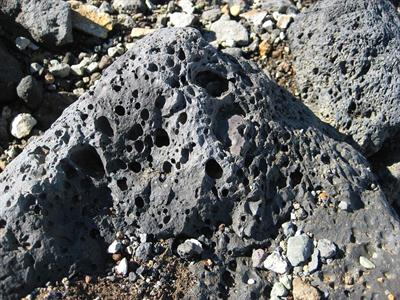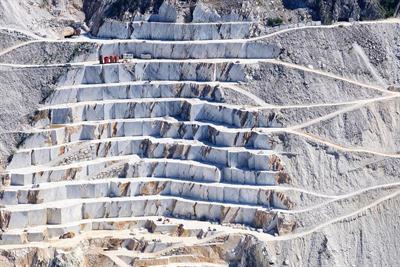
PUMPA - SMART LEARNING
எங்கள் ஆசிரியர்களுடன் 1-ஆன்-1 ஆலோசனை நேரத்தைப் பெறுங்கள். டாப்பர் ஆவதற்கு நாங்கள் பயிற்சி அளிப்போம்
Book Free DemoRocks
The rocks are the naturally occurring solid materials or the agglomeration of minerals forming the earth’s crust. It may be as hard and compact as ‘granite’ or as soft as ‘clay’, or as loose as ‘sand’.
Types of Rock
- Igneous
- Sedimentary and
- Metamorphic
Igneous Rocks

These are the first rocks to have originated during the formation of the upper crust of the earth. Henceforth, they are known as ‘Primary or Parent rocks or Mother rocks’. All other rocks are directly or indirectly formed from Igneous rocks. They are found in the regions experienced or experiencing volcanic activity. Igneous rocks are hard, crystalline and impermeable in nature.
Example:
Granite, Gabbro and basalt
Sedimentary rocks
The word ‘sedimentary’ is derived from the Latin word ‘sedimentum’, meaning 'settling down'. The sedimentary rocks are formed when the weathered and eroded fragments of rocks and plants and animals' remains are deposited in the water bodies. These are called sediments.

Agents like rivers, glaciers and winds carry bits of rock and soil and deposit them in layers. After a few million years, these deposits harden into compact Sedimentary rocks. Fossils of plants and animals that fall
on the deposits get embedded in the layers of these rocks. Sedimentary rocks consist of multiple layers.
on the deposits get embedded in the layers of these rocks. Sedimentary rocks consist of multiple layers.
Example:
Sandstone, limestone, chalk, gypsum, coal and conglomerate
Metamorphic rocks
The word metamorphic is originally derived from the word ‘metamorphosis’, which means “Change of form”. The Metamorphic rocks are formed when the igneous and sedimentary rocks are subjected to extreme heat and pressure, which result in complete change in their form, composition and texture without any disintegration of the respective rocks. This process results in a new kind of rock different from the original parent rock.

If changes occur in the rocks due to the high temperature of the magmas, it is called Thermal metamorphism. If the changes in the rock are due to the high pressure, it is called Dynamic metamorphism.
Example:
Granite may get transformed to gneiss, basalt to schist, limestone to marble and sandstone to quartzite.
Rock cycle